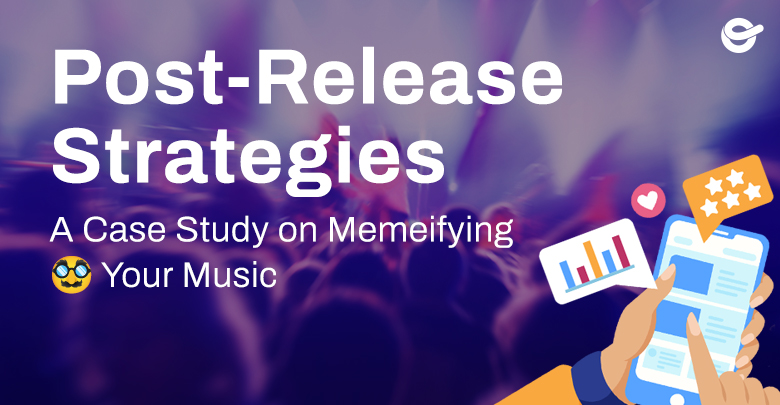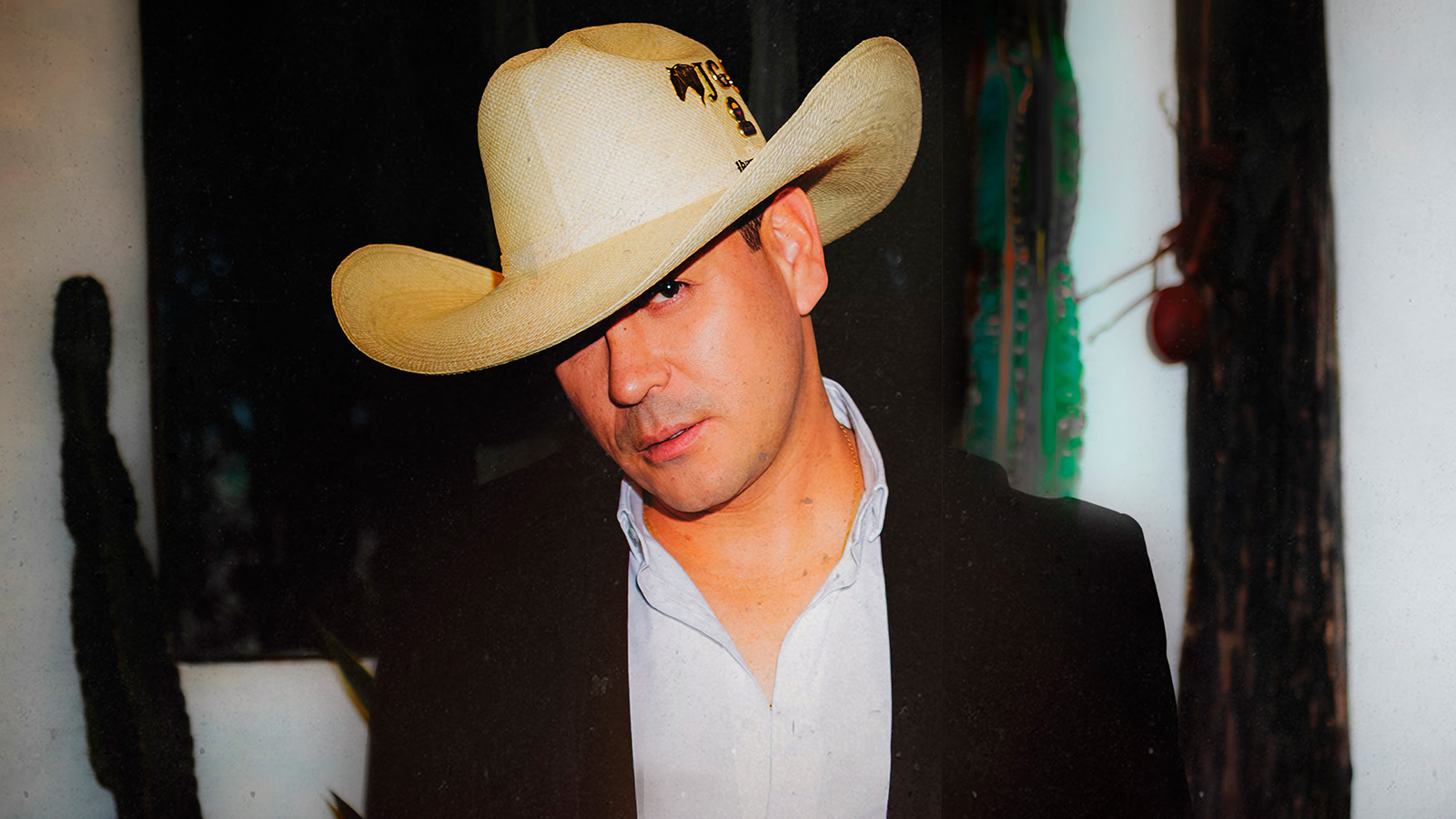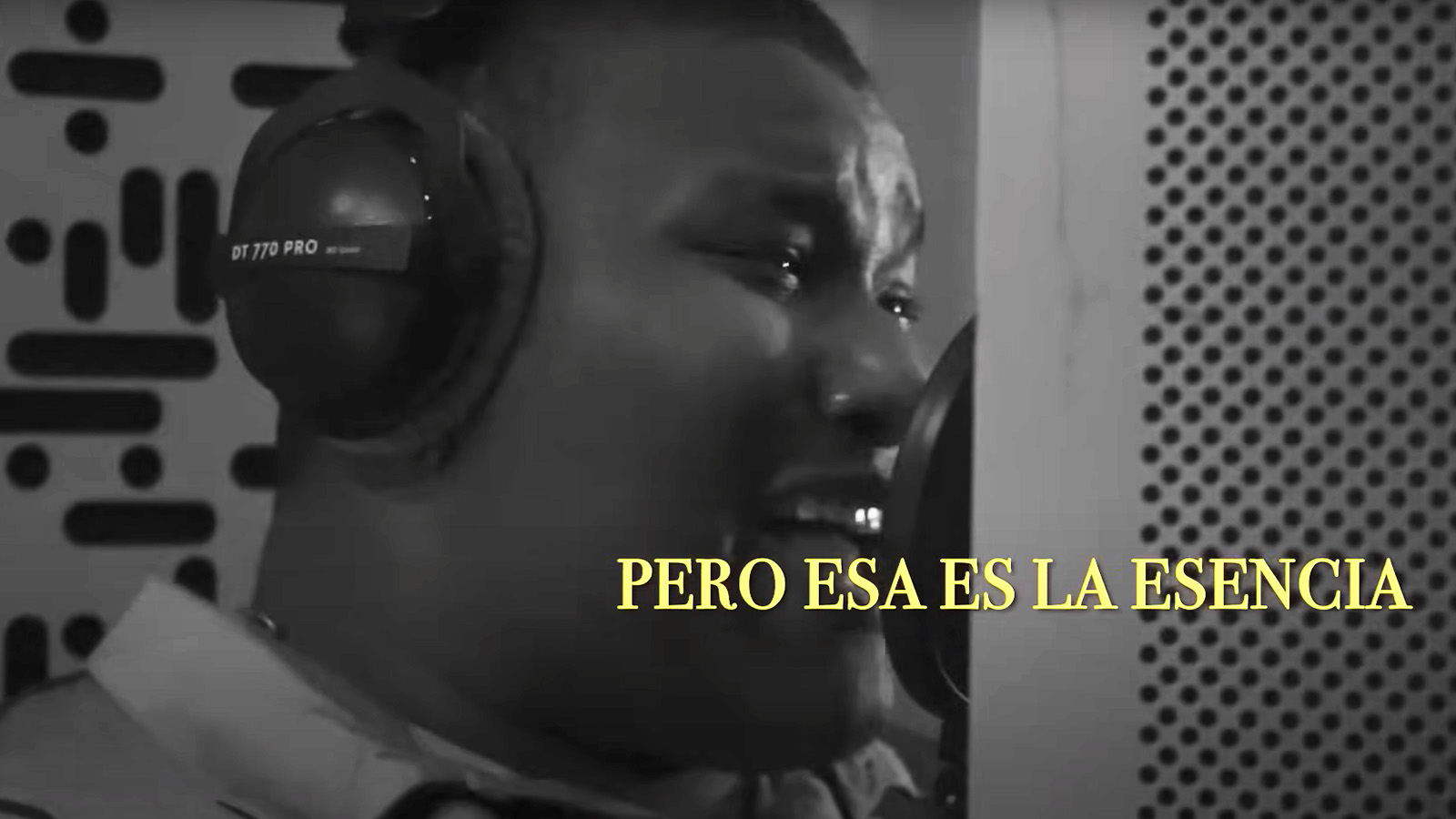YouTube has established itself as an essential source of income for composers, producers and music publishers.
YouTube isn't just one of the most important platforms for music promotion—it's also established itself as a vital source of revenue for songwriters and music publishers. However, to fully leverage this potential, it's crucial to understand how publishing works within the platform's ecosystem.
What rights are involved?
On YouTube, two main types of rights are at stake:
- Master rights: Related to the sound recording (for example, what is collected by a record label or by an artist who uploads their own video).
- Copyright/editorial rights: Related to the composition of the music (lyrics, melody, arrangements).
Publishing focuses on this second group. Even if you didn't upload the video, if your composition is being used, you're entitled to receive royalties.
Content ID: How Your Music Is Identified and Monetized
YouTube uses Content ID, an automated system that analyzes all uploaded videos and compares them against a database of copyrighted content. If there's a match with a registered song:
- The rights holder can choose to monetize the video, block it, or leave it active without monetization.
- This decision is applied automatically, thanks to the system's 99.7% accuracy.
This system turns every view into a monetization opportunity for songwriters, publishers, and master rights holders. Today, over 50% of music revenue on YouTube comes from fan-uploaded content.
Public Performance Rights: The Role of PROs
Every time a song is played on YouTube, performance royalties are generated. These royalties are managed by PROs (Performing Rights Organizations) or collective management societies:
- These entities grant blanket licenses to platforms like YouTube.
- They then distribute royalties to songwriters and publishers based on the use of their works.
Some relevant PROs include ASCAP, BMI, SACM, SGAE, UBC, among others.
Mechanical Rights: Innovation in ONE Publishing's DNA
Each view also generates mechanical royalties, or reproduction royalties. These royalties are managed by publishers or collective management societies. ONE Publishing was the first publisher in the world to establish a direct mechanical royalty collection agreement in Latin America, eliminating intermediaries and providing more efficient and transparent collection. In other territories, these royalties are collected by entities such as the MLC in the United States.
Synchronization Rights: Publishers as Strategic Partners
In the United States, when a song is used in a YouTube video, in addition to generating public performance royalties, it can also generate synchronization royalties, as it is considered an audiovisual use of the composition. These royalties can only be collected by publishers that have direct agreements with YouTube—as is the case with ONE Publishing. Therefore, relying on a publisher with a global presence and collection network is essential to avoid losing valuable revenue generated by the use of your music on platforms like YouTube.
How to receive your editorial royalties on YouTube?
You can access these earnings through:
- YouTube Partner Program (YPP): If you upload your own music videos and meet the views and subscribers requirements.
- Distribution via Content ID: through an editorial administrator with direct access to the system.
- Register with a PRO: to receive public performance royalties for the use of your compositions.
- Working with a publisher: A publisher like ONE Publishing acts as a strategic partner. They register your catalog on multiple platforms, manage Content ID, manage your metadata accurately, and ensure that every use of your work is monetized in the best possible way. They also help resolve copyright conflicts and optimize royalty collections.
The role of ONE Publishing
At ONE Publishing, we have direct agreements with YouTube throughout Latin America, allowing us to offer greater transparency, efficiency, and visibility to our authors. We also fully manage your catalog to ensure your works are correctly registered and monetized via Content ID.
We maintain direct relationships with PROs around the world and offer support to resolve discrepancies and ensure you receive everything you're entitled to. With publishing, you can receive royalties for every reproduction that uses your composition. In a scenario where every click counts, having good editorial management makes all the difference.





